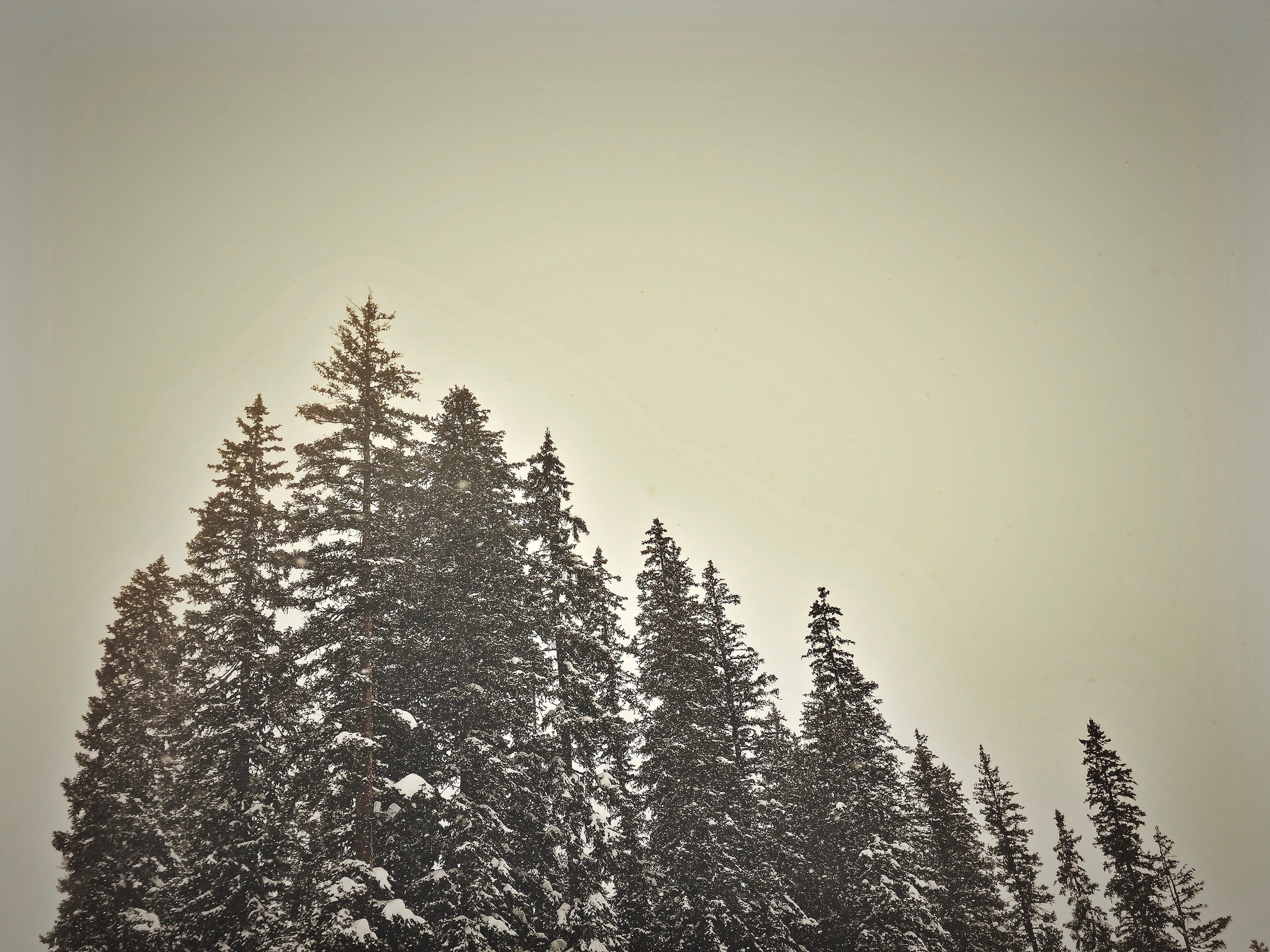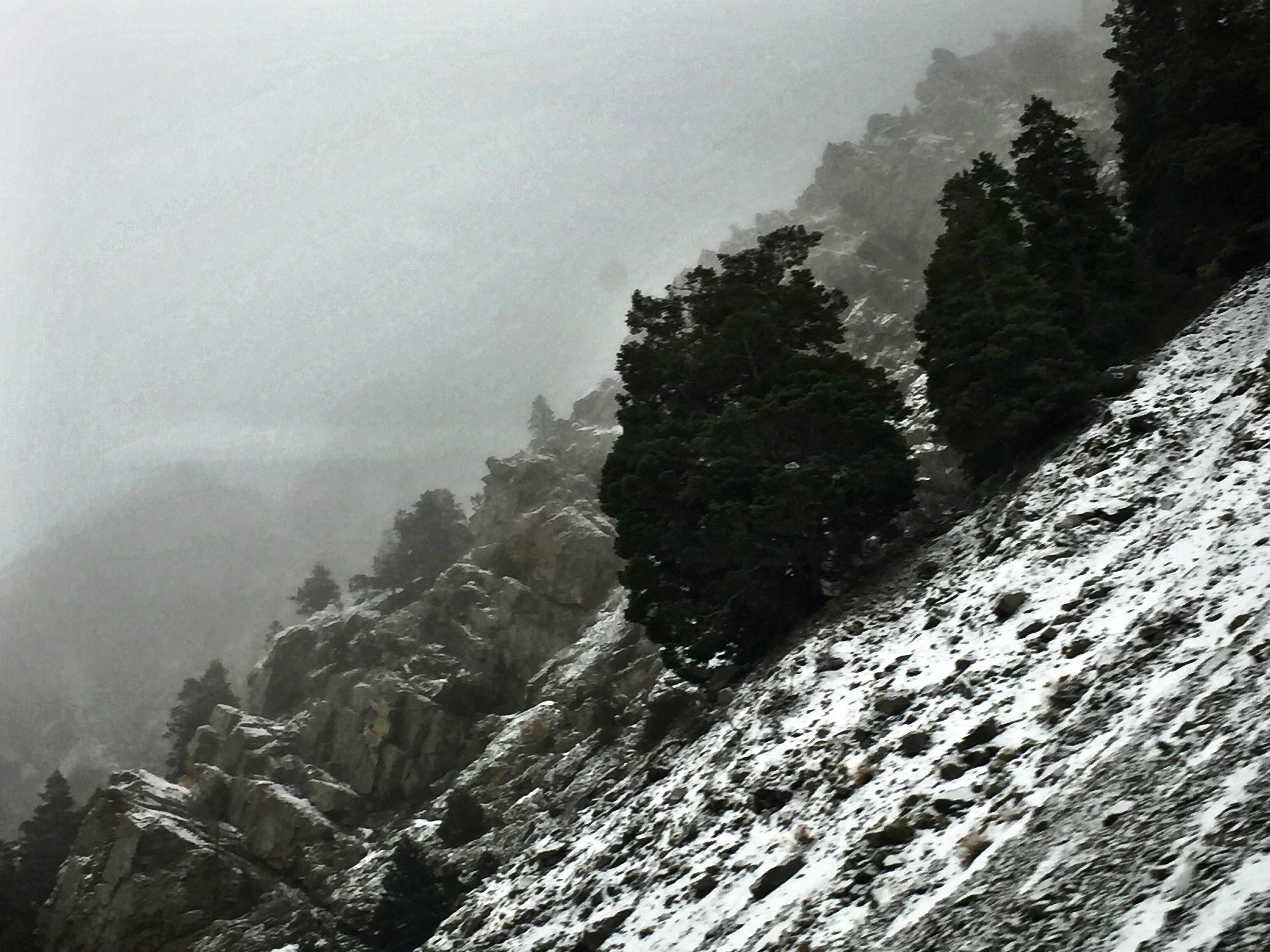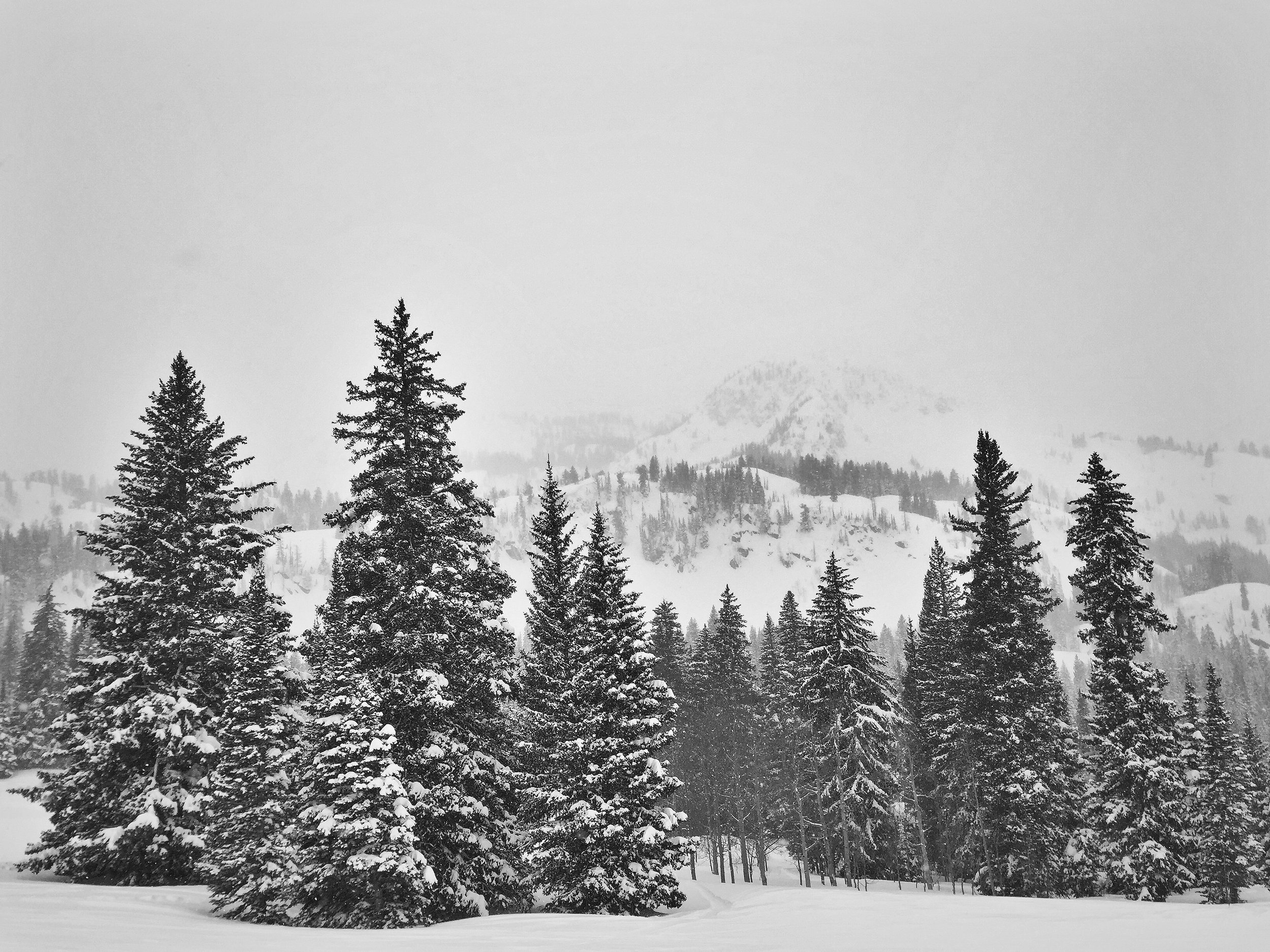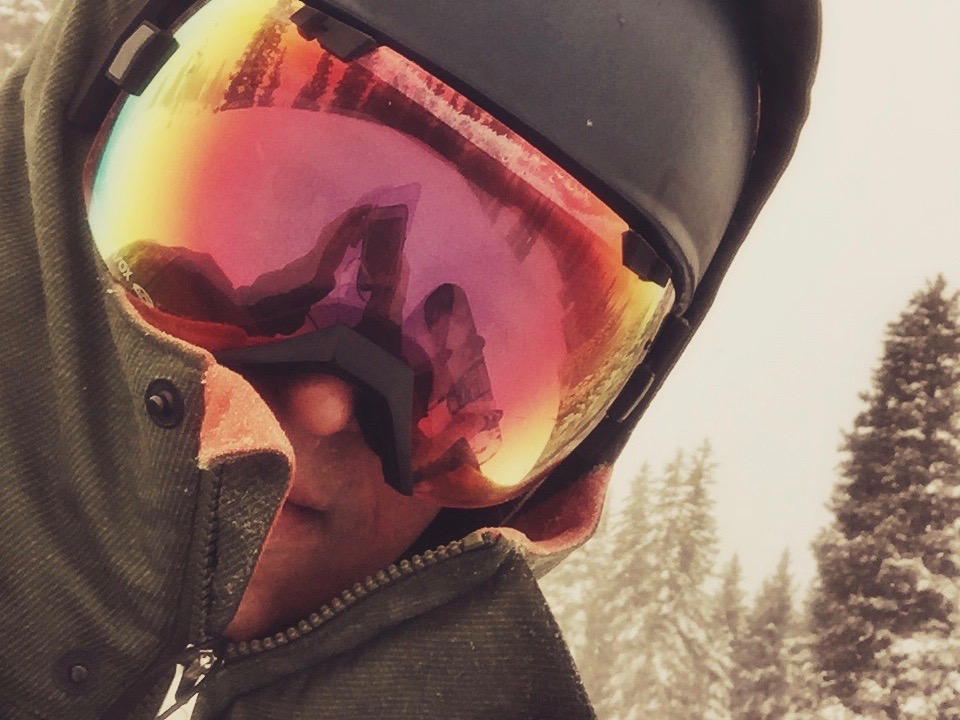Mesmerization and cracks in time
/You may have noticed a dip in activity around these parts as of late.
I'd like to attribute it to several months at sea with only occasional wifi access. Or maybe an extended session with a purloined case of Plantation Pineapple Rum. But alas, no. Shit just got busy, as shit does.
To help stay sane during this stretch, I leaned heavily on a new ukulele. She's a real beauty, wonderfully figured willow, in the tenor size: a bit bigger than the itty bitty soprano most people think of when they think of a ukulele. To be clear, when it comes to the ukulele I'm not what you'd call "talented." Or even "a musician." I mostly just fall in love with certain chord progressions and loop them over and over. There's nothing fancy about it whatsoever. As Leonard Cohen put it: "It goes like this, the fourth, the fifth, the minor fall and the major lift." But it's mesmerizing to me. And it can make 20 minutes feel like I just spent an entire weekend away.
The other thing I started dabbling with recently is meditation. I liked it from the start, combining the breath awareness of yoga (and freediving for that matter) with the blankness of driving four chords into the ground on a ukulele. In its own way, meditation is mesmerizing too. An hour spent meditating can feel like a lifetime, in the best possible way.
It's an interesting word "mesmerize." One of those that sounds like what it means. It originated with Franz Mesmer who was a German physician (1734-1815). He had a theory of energy transfer between animate and inanimate objects that he called animal magnetism. In 1843, Scottish physician James Braid expanded the theory to include hypnotism which... ah hell, Wiki page here. My main point: Mesmerization = Hypnotism. I'll move on.
When we're mesmerized by something, it's like discovering a tiny crack in time – a place to explore, or just hide within, that's completely removed from the machinations of the day. Fly fishing, drum circles, laying on the ground and looking up at the trees...they've all provided me with spiritual hidey holes over the years. Places to expand or recover or just chill tf out.
Invisible Oregon, the video below, did the same thing for me this morning.
For the record, I didn't think I needed to see any more time lapse videos in my lifetime. Of course many of them are beautiful. But at a certain point, I came to the conclusion that I've probably gleaned everything there is to learn from fast clouds and twitchy trees. I was wrong about that.
Invisible Oregon was shot by Sam Forencich using infrared converted cameras. They capture the infrared portion of the spectrum which produces amazingly ethereal imagery. It exists somewhere between conventional and thermal photography, both technically and visually (here you go nerds).
But "hey, pink trees!" is far from the whole thing. Sam's landscapes are stunners, the edit is fantastic, and the sound design takes it all to a higher level.
I truly find it, yep, mesmerizing. If you could use a little escape, I'd suggest full screen mode, some headphones, and seven uninterrupted minutes to climb inside.







